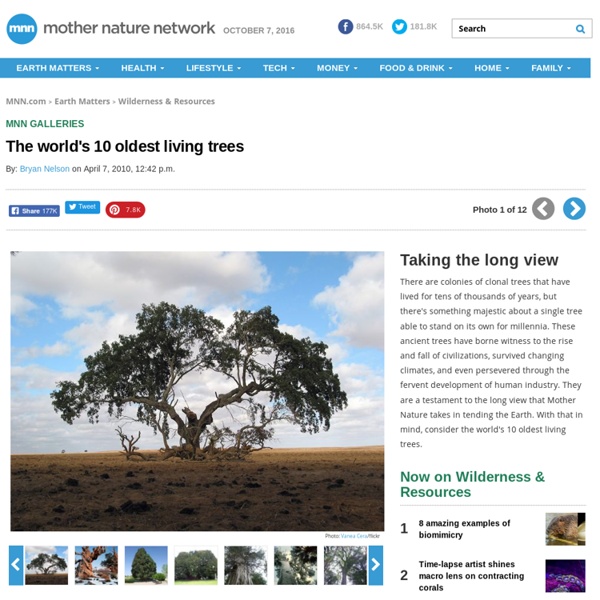



6 Trees Every Survivalist Should Know & Why – Now is a good time to go out and flag the following six trees before the leaves drop (except the pine). Revisit them in the winter and learn how to ID them by the bark alone. Then again in the Spring with the buds and new leaves. White birch is easy to identify with its distinctive, white, papery bark. White birch survival uses: Sweet drinkable sap that does not need purificationContainers can be fashioned from the bark (and even canoes – hence the name “canoe birch”)It’s papery bark makes some of the finest fire starting tender on the planet, which will light even when damp because of its resinous qualityA fine tea can be made from the small twigs at the end of a branch or by shaving the bark from new growth. The American basswood (also called American linden) is a very common tree – especially in the Eastern U.S. Basswood survival uses: Delicious edible leaves – especially in spring“Bass” comes from the word “bast,” which is an old word for rope. White pine survival uses:
Language of Flowers The language of flowers, sometimes called floriography, is a means of cryptological communication through the use or arrangement of flowers. Meaning has been attributed to flowers for thousands of years, and some form of floriography has been practiced in traditional cultures throughout Europe, Asia, and the Middle East. Plants and flowers are used as symbols in the Hebrew Bible — particularly of love and lovers in the Song of Songs,[1] as an emblem for the Israelite people[2] and for the coming Messiah[3] — and of Jesus Christ in the New Testament.[4] In Western Culture, William Shakespeare ascribed emblematic meanings to flowers, especially in Hamlet, Prince of Denmark. Interest in floriography soared in Victorian England and in the United States during the 19th century. History[edit] Floriography was popularized in France about 1810–1850, while in Britain it was popular during the Victorian age (roughly 1820–1880), and in the United States about 1830–1850. Meanings[edit] See also[edit]
ISU Forestry Extension - Trees of Iowa: An Interactive Key This interactive dichotomous tree key was developed to help identify the most common trees in Iowa. The key is based on vegetative characteristics such as leaves, twigs, fruits, and bark. It is not a complete key. It does not include all trees grown in Iowa. The proper use of the key may be compared to the use of road signs where a choice of two directions must be made at each intersection. If at the end, the solution does not match the specimen, one can usually identify a point in the process where the choice of direction was in doubt. Acknowledgements: Some of the pictures on these web pages are from USDA's Natural Resources Conservation Service Trees and Shrubs Pocket Guide, The Sibley Guide to Trees, and Forestry Images.
The one and only mighty Quin Mischa my darling Topsy and friends my friend Morgan aka morgie Morgan in the wash basin Sussanah Apache McSweeney stella